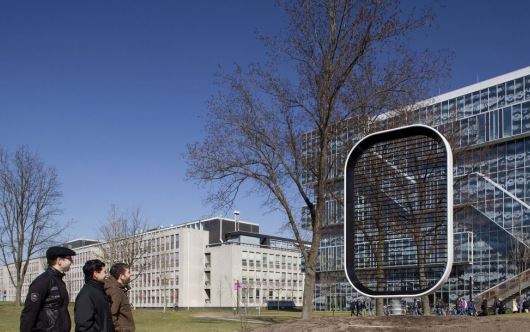Bladeless Wind Power Generator Was Not April Foolery

Readers could be excused if they felt a bit skeptical at the report on the Mother Jones website of a new technology being developed to extract electrical power from wind energy without the use of spinning turbines and their associated blades. After all, MoJo published the story on April 1, and under the headline "Invention Of The Day" to boot.
But it's no joke: researchers at the Delft University of Technology in the Netherlands really are developing the technology. It's not even particularly new. And while there are some persistent issues to work out, the concept is potentially promising.
The video embedded here does a passable but incomplete job of explaining what the researchers at TU Delft are up to with their Electrostatic Wind Energy Converter (EWICON):
In other words, rather than using wind energy to spin magnets that pull charged particles along a wire -- which is what conventional generators do -- EWICON has the wind get those charged particles moving without any help from magnets.
The video doesn't mention how the charged water droplets get charged in the first place, and that turns out to be one of the hidden costs of the EWICON method: the unit charges them with a high-voltage electrode, which requires some power to begin with. So does the creation of the electric field in which the particles move. In order to make the whole thing worthwhile, the bladeless generator must extract more power from the wind than it takes to charge those water droplets and create the field.
In a 2005 paper, lead researcher Dhiradj Djairam and his co-authors reported achieving a net 7 percent efficiency in wind power production with an EWICON prototype, interesting in a laboratory setting but small change compared to existing turbines that produce power around seven times as efficiently.
Still, as noted in the Mother Jones piece, the prospect of wind power generation that involves little noise, no flicker, and far less literal impact on wildlife is worth crossing our collective fingers for.


